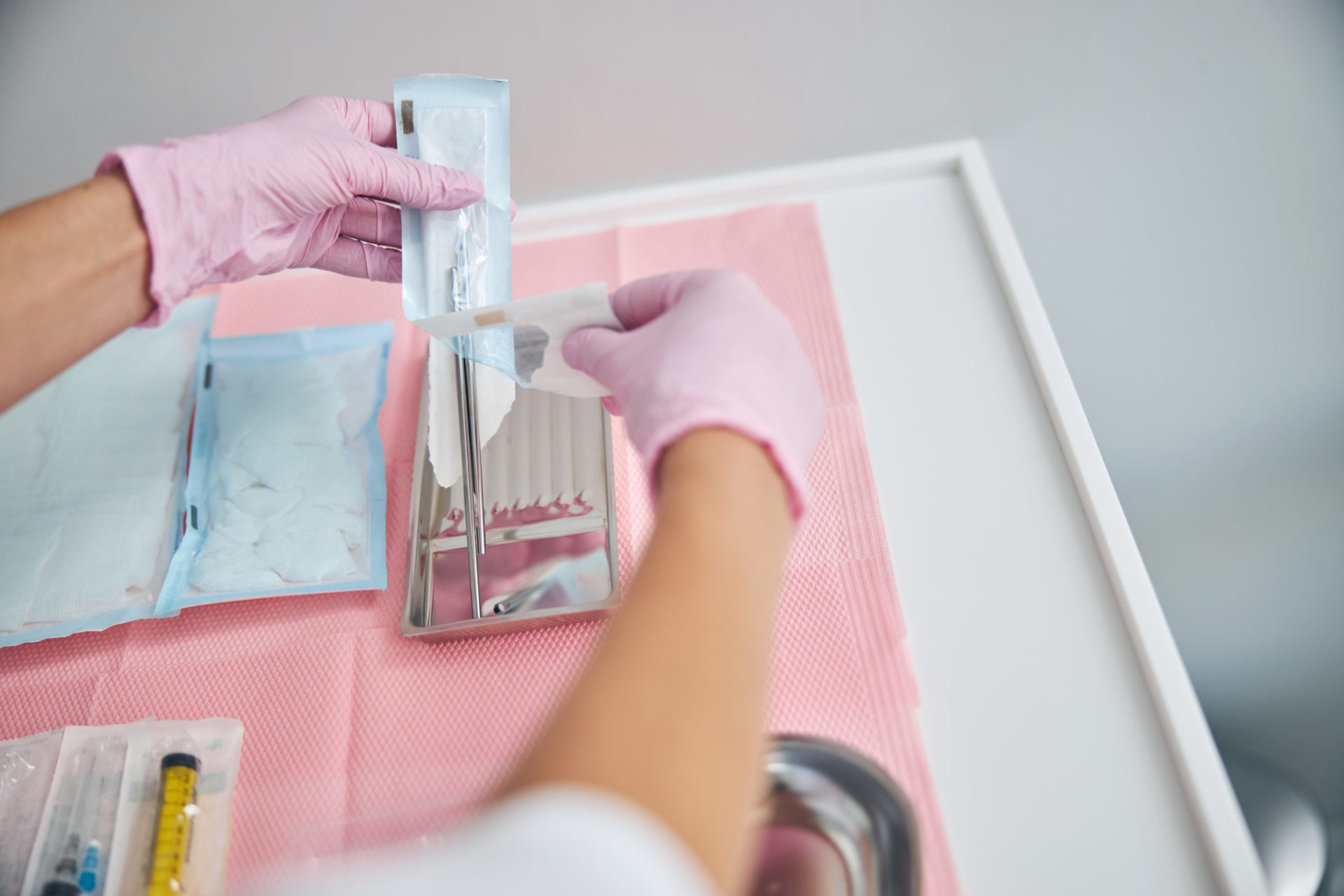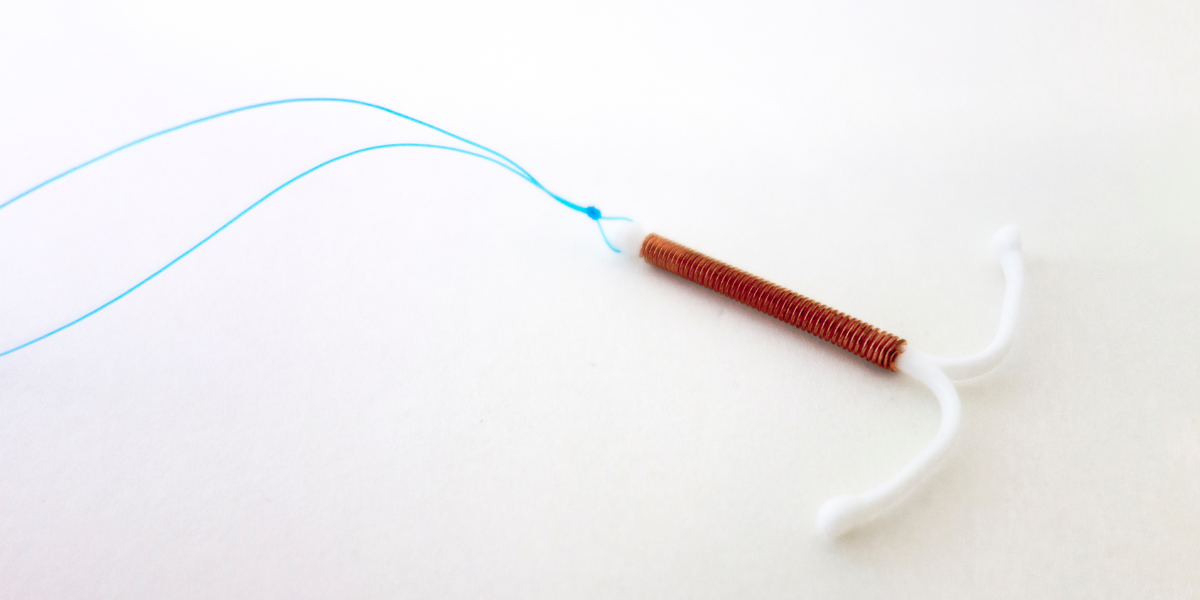An endometrial biopsy is probably the most common procedure I perform in the office. This type of biopsy is performed to remove a very small sample of tissue from the uterine cavity which is sent to a pathologist for evaluation. Typically done for women with abnormal or heavy uterine bleeding, endometrial biopsy has some application for infertility purposes as well. THIS PROCEDURE CANNOT BE PERFORMED ON A PREGNANT WOMAN. IF YOU MAY BE PREGNANT, YOU MUST INFORM YOUR PHYSICIAN.
After signing a consent form, a patient is placed in stirrups, much like when having a pap smear. A speculum is placed into the vagina, and the cervix is visualized and cleaned with betadine or other cleansing agent. At times, I need to stabilize the cervix with a tenaculum or grasper. This will feel like a sharp, quick pinch. At this point, a very small thin flexible catheter, a “Pipelle” is placed through the vagina, past the cervix and into the uterine cavity.
This catheter, although very thin, has a smaller, thinner catheter within it. By slowly withdrawing the smaller catheter, a suction is created and thereby tissue from the uterus is “vacuumed” into the catheter, ready to be sent to pathology. This “suction” aspect is much like a straw. There are no sharp instruments or “scraping” of the cavity that is used for a D&C. It is performed as “blind” procedure, meaning that there is no visualization of the uterine cavity with this procedure, unlike when a D&C/hysteroscopy is performed. Because of this, the “sensitivity” or the ability to accurately detect a disease process is lower. Your physician may still recommend a D&C/hysteroscopy depending on the clinical situation.





